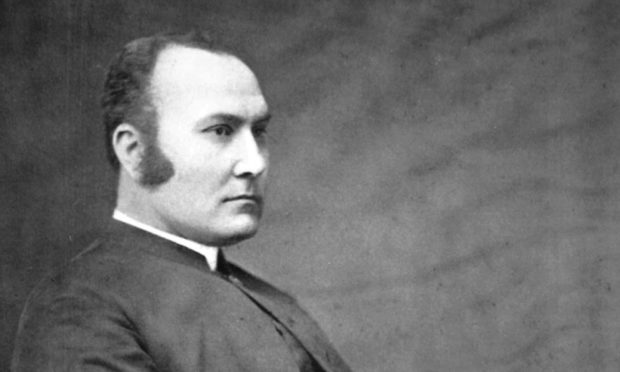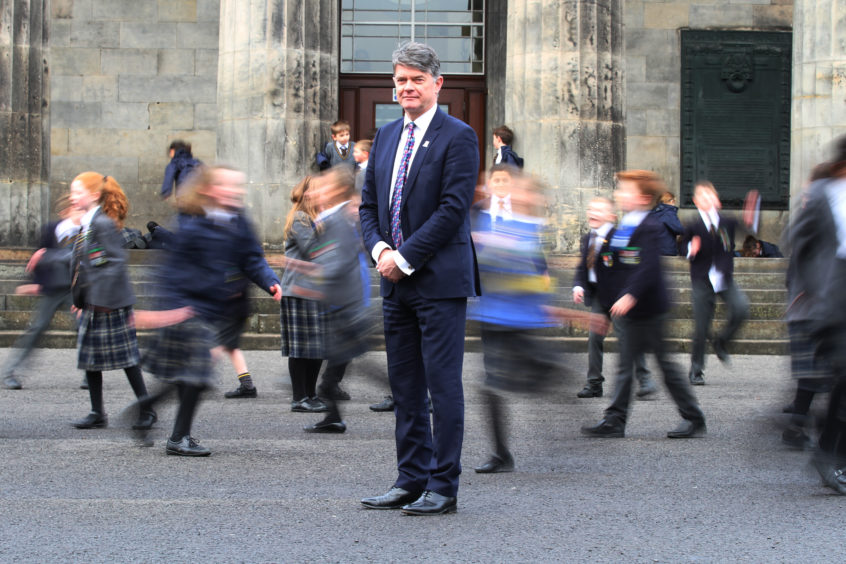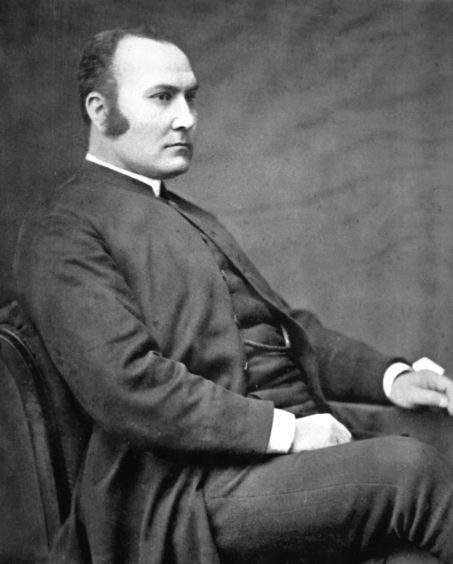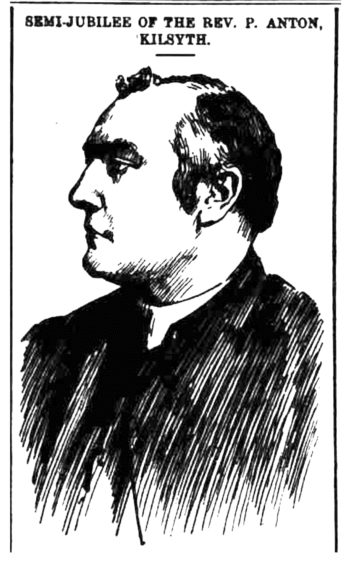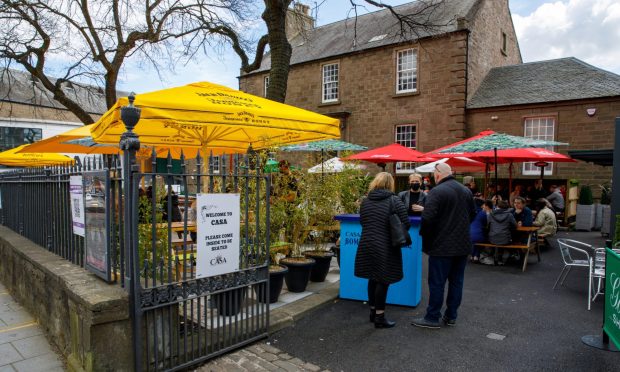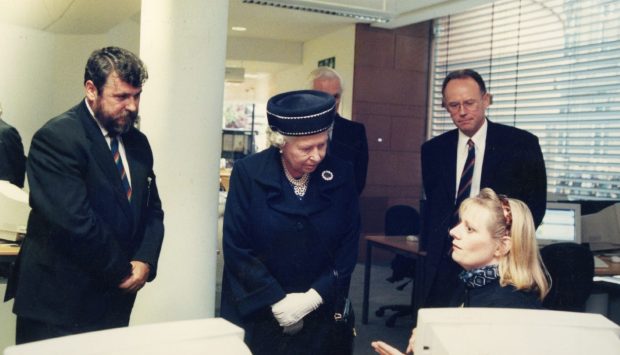Dr John Halliday looks back at a Courier Country player who was a major figure in the early days of the game…
When we hark back to the early years of Scottish international rugby, players from the major Edinburgh and Glasgow teams dominated team selection.
However, we should recall the exploits of one of the great characters of Scottish rugby at that time, who played a prominent part in the third ever rugby international, between Scotland and England at the West of Scotland cricket ground in Glasgow on March 3 1873.
Peter Anton hailed from the Carse of Gowrie and attended Dundee High School.
Born on June 25 1850, third son of George Anton, farmer and cooper, by Errol, and his wife Elspeth Thomson, he was a pupil at Perth High School but moved to Dundee High School.
While little information remains of his time at the High School, he was clearly a good scholar and secured a bursary place at St Andrews University, graduating in 1871.
Where Anton learned the rudiments of the game is unclear; it was not part of the school curriculum then, and the FP Rugby Club was not founded until 1880.
However, he was a formidable athlete, standing well over 6ft, competing in local Highland games, and was university champion.
On March 1 1873, two days before he pulled on the dark blue jersey of Scotland, he competed in a full range of events at the University Games, winning the putting stone, hammer, pole vault and 100 yards, and coming second in the high leap.
Less than three weeks after his international cap he represented the university at the Inter-University Games at St Andrews.
In season 1872-73 Anton was regarded as one of the best rugby forwards in the country.
His athletic prowess and confidence made him an ideal captain of the St Andrews University team.
In January 1873 he was selected for the initial squad of 16 forwards to play England that March.
His reputation travelled south of the border. Bell’s Life in London & Sporting Times on March 1 1873 stated: “Anton hails from St Andrews and is one of the foremost athletes in Scotland.”
On March 3 he stepped on to the field at Hamilton Crescent as Scotland cap no 31, as one of the then customary 20 players in each team playing 45 minutes each way.
Scotland wore dark blue jerseys, white knee-length shorts and scarlet stockings. England were in white, with the red rose emblem on their chests.
In front of 5,000 spectators, Anton was one to impress in the 0-0 draw.
In its match report the Illustrated London News of March 8 identified Anton, who along with three other Scots had “played exceedingly well”.
In 1896 Peter Anton wrote his reminiscences of the 1873 match, published in Scottish Sport, relating that before the game some English players sent their boots to a local cobbler to have leather bars hammered on to the soles to get a better grip.
When the boots were returned several had gone missing, and the English players had to play wearing an odd boot and a shoe.
Of the aftermath Ken Bogle, in his book Scottish Rugby: Game By Game, said: “The Scottish hospitality was too much for one English visitor who later stole a mail carriage and drove it around the streets of Glasgow.”
After the match a meeting was held to consider the possibility of forming a Scottish Football Union on a similar basis to the Rugby Union in England.
A committee of representatives from St Andrews University, the universities of Edinburgh and Glasgow, Glasgow Academicals, Edinburgh Academicals, Royal High FP, Merchistonians and West of Scotland was charged with drawing up rules for the game in Scotland.
As captain, Peter Anton was one of two representatives of St Andrews University.
Not only was an DHS FP playing in the third rugby international, he was a co-founder of the Scottish Rugby Union.
Anton was guided by his Christian faith and his true calling was to become a minister in the Church of Scotland.
He enrolled at St Mary’s College of Divinity as a bursary student and was licensed by St Andrews Presbytery in 1874. He became an assistant minister at St Paul’s Church, Dundee, in 1874.
After six years at Dysart he was called to Kilsyth in 1881.
Married with five children, he wrote and published books and articles on history, literature, curling and angling, as well as on more religious themes.
He was an expert fly fisherman, captain of Kilsyth Golf Club and a long-time curler, including as club champion of Croy.
In his late 50s his health began to fail.
On December 11 1911 he took ill on the way to church, collapsed and died suddenly.
After his death the following announcement appeared in Athletic News on 18 December 1911.
“The Rev Peter Anton, whose sudden death has caused a great blank in the ecclesiastical life of Scotland, was a giant in stature and a great forward at Rugby football. The embodiment of good nature, Peter Anton was a fine type of the cultured Scot.”
Dr John Halliday is rector of Dundee High School
*Team sheets in print edition courtesy of the World Rugby Museum
